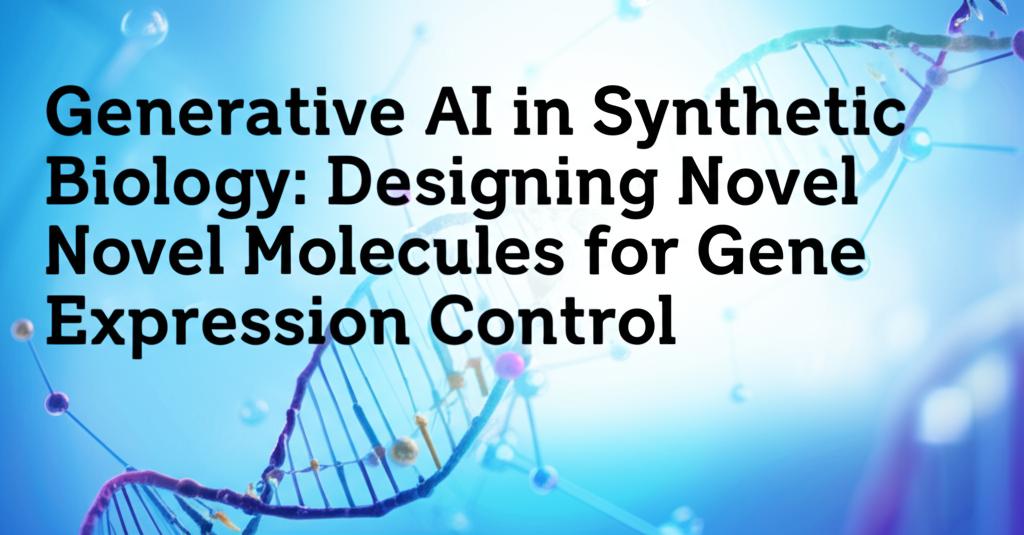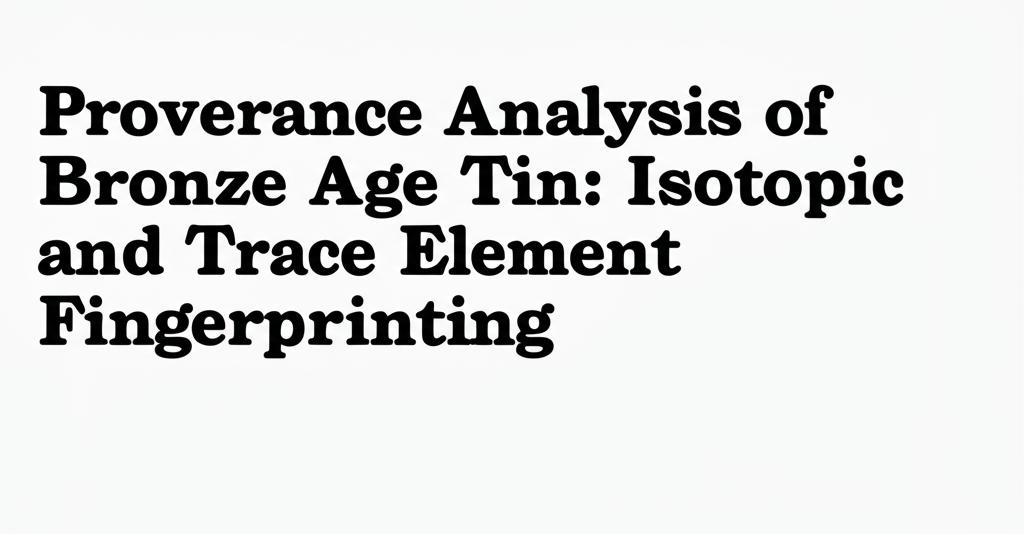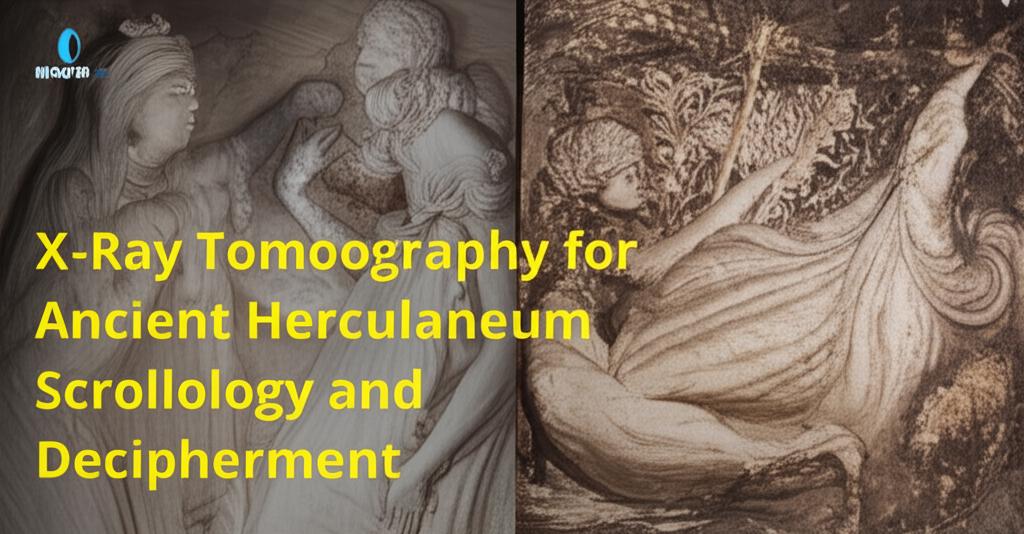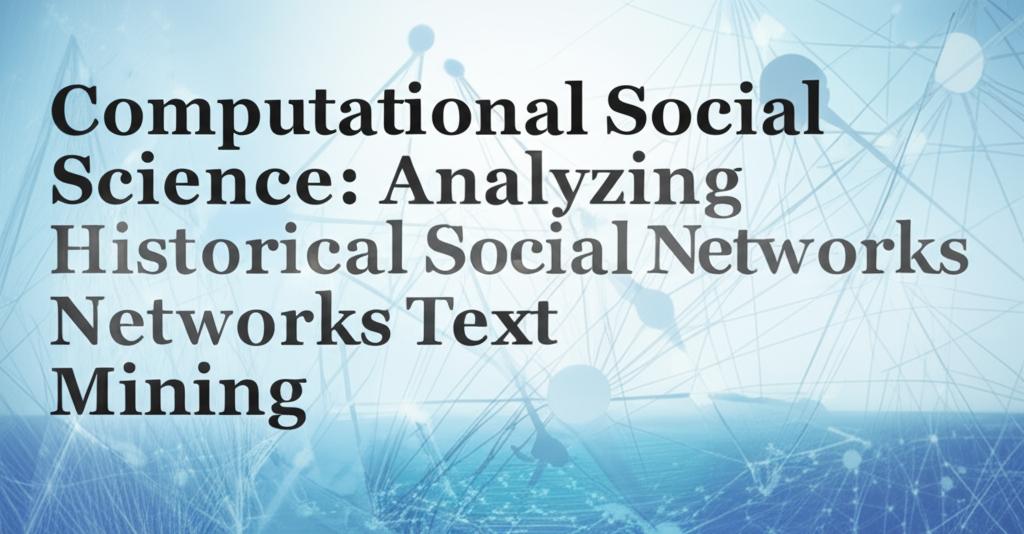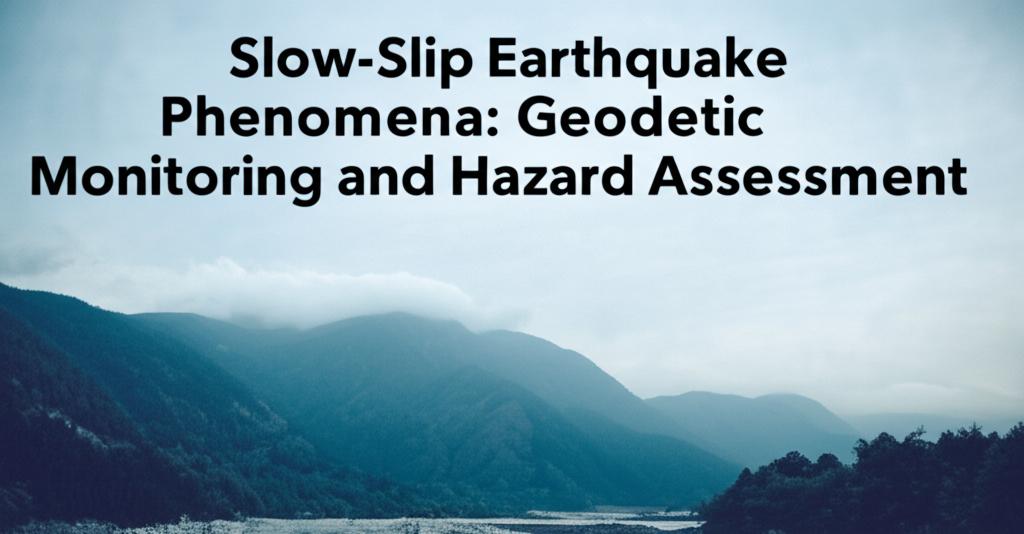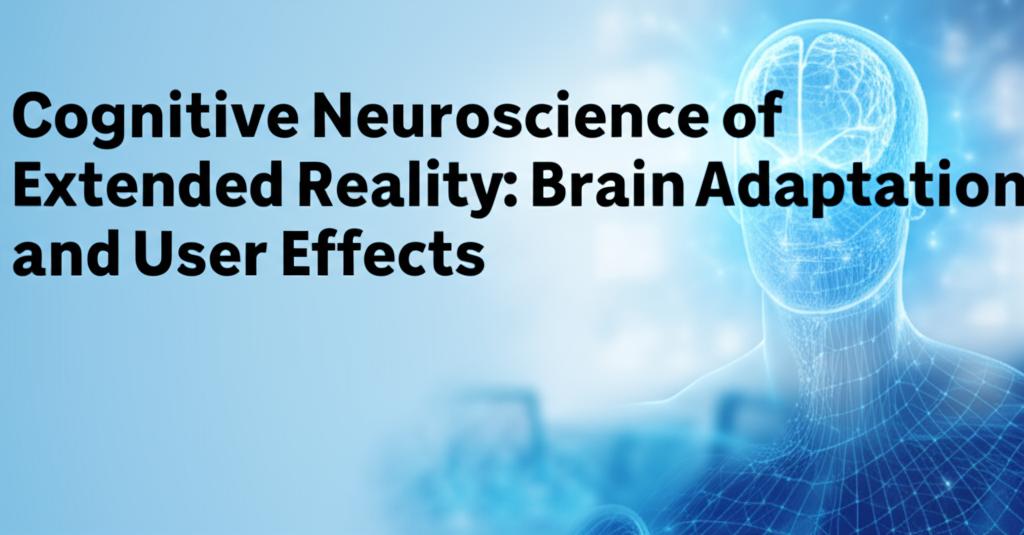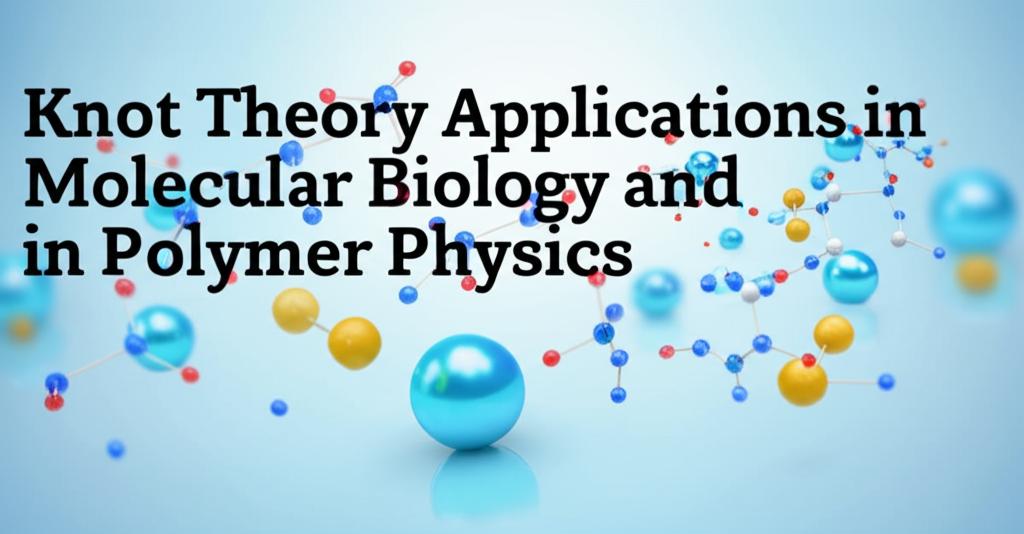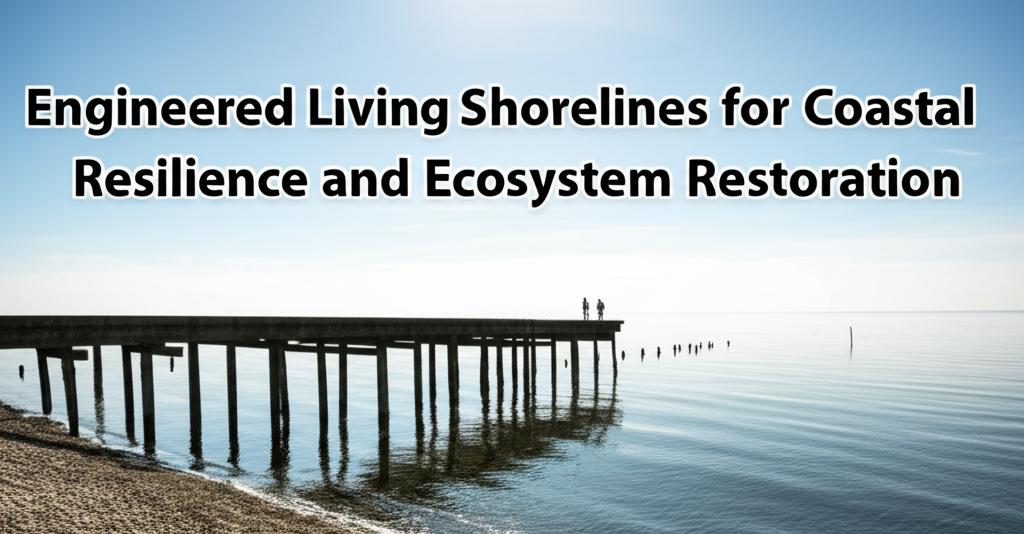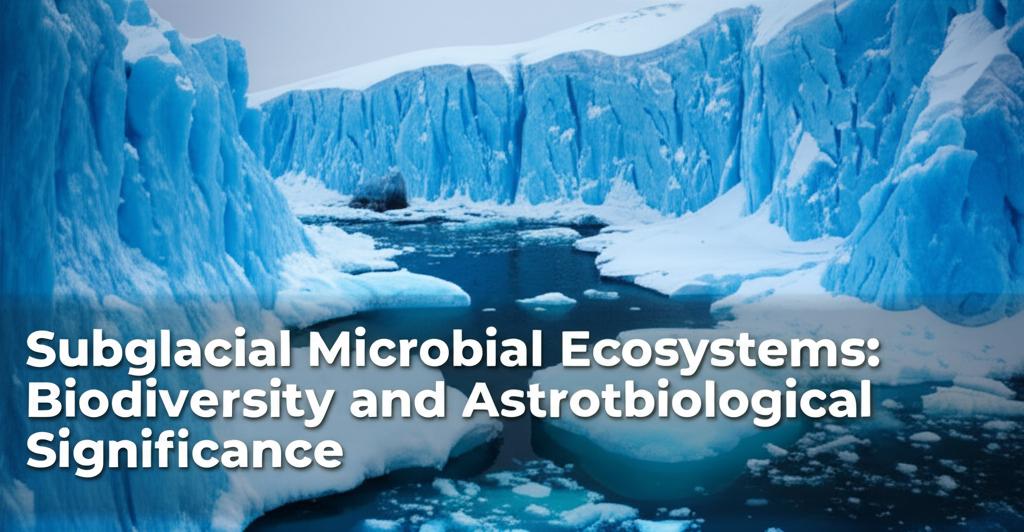Generative AI in Synthetic Biology: Designing Novel Molecules for Gene Expression Control
Generative artificial intelligence (AI) is revolutionizing synthetic biology, particularly in the design of novel molecules for controlling gene expression. This technology allows scientists to create synthetic DNA sequences, known as cis-regulatory elements (CREs) or enhancers, that can precisely t ...

